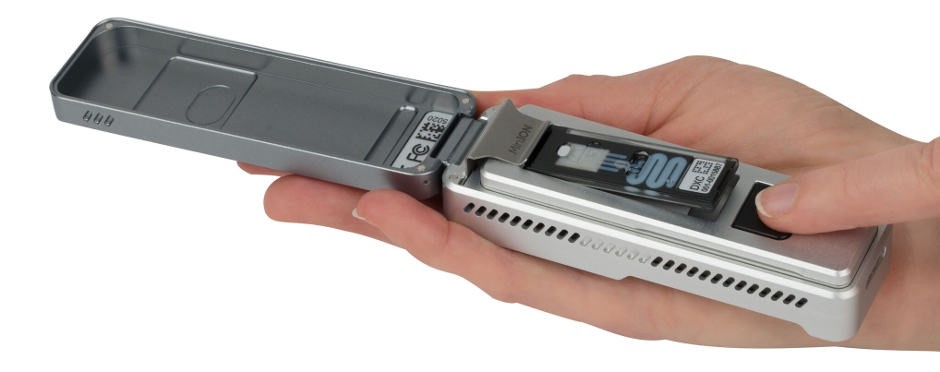
A study by Leggett et al 2019, published in December, presents results from using the portable MinION to sequence the microbiome of preterm newborns admitted to the neonatal intensive care unit of a university hospital. The bacterial DNA sequence analysis pipeline developed by the authors of the study obtained a majority of the results (or 70% of reads) after 1 hour with no more differences found after 6 hours. In this short time, the pipeline identified pathogenic bacteria and their corresponding antimicrobial resistance gene profiles, which for patients in the ICU can provide a lifesaving diagnosis when deciding on the right antibiotic.
Some of the remarkable features of the MinION, which is produced by Oxford Nanopore Technologies (ONT) are the small size of the DNA sequencing device, the long read length of the DNA sequences, and the sequencing speed. 1 to 6 hours is very quick compared to current rapid clinical microbiology tests, which include determination of antibiotic susceptibility, and take between 36 and 48 hours. More widely-used and larger DNA sequencers like Illumina MiSeq take between 4 and 55 hours for a run according to the Illumina web site. This new research presents a promising life-saving diagnostic tool in the clinical setting, but one wonders, if it is so small and portable and so quick to sequence DNA, can we use it at home to sequence our own microbiome?
The answer would be yes if we disregard for a moment the “wet lab” hurdles required to operate the MinION. Having a little home DNA sequencer would allow us not only to monitor an infection by sequencing our microbiome early on, when we feel we are coming down with something, but also monitor our overall health and moods now that we have so much evidence of how the gut-brain axis affects our well-being and how our diet, our fitness, and our moods affect our microbiome.
The ONT web site writes that the MinION can go from sample to identification of the species for the first reads in under 20 minutes with the Rapid Sequencing Kit for a single sample. Right now, however, this requires some upfront work and wet lab experience that might be easy for a DNA lab technician but complex for the rest of us. It includes “sample extraction” procedures like “cell lysis, purification, elution” and then “library preparation” and other tasks that sound obscure to the uninitiated. The tasks also require access to chemical kits and instruments that non-technicians would not know how to operate. The second reason we have to wait before we can sequence our microbiome at home is that most people cannot afford the price of the MinION and all the additional kits and instruments beyond the tubes and pipettes such as a centrifuge, incubator, vortex mixer, or thermocycler. The Minion price starts at $1,000.00 and includes the MinION, 1 Rapid Sequencing Kit, 1 Wash kit, and 2 flow cells, all for 6 reactions as each flow cell can be used up to 3 times. A single flow cell costs $900. Instead of the flow cell there is the option to buy the Flongle for a price of $90.00 for a 1 time use, however the Flongle adapter for Minion is only available as part of the Flongle starter package of $1,860.00 which includes 12 Flongles.
At the recent ONT Community Meeting in Ney York City in December, I learned about new devices developed by ONT, like the Voltrax, which is already for sale and automates some of the “wet lab” tasks described above, replacing a thermocycler, an incubator and a shaker, allowing for much easier and compact DNA library preparation. A team of cave explorer used the Voltrax and the MinION with a housemade centrifuge (made from a salad spinner) to sequence DNA that lives in hostile environments like a cave in Montenegro. There is also the Ubik, a power-free sample extraction and preparation device not yet on the market. All in all, it is too early to start experimenting with sequencing our microbiome at home, but in the meanwhile, we will keep watching for new MinION developments.
